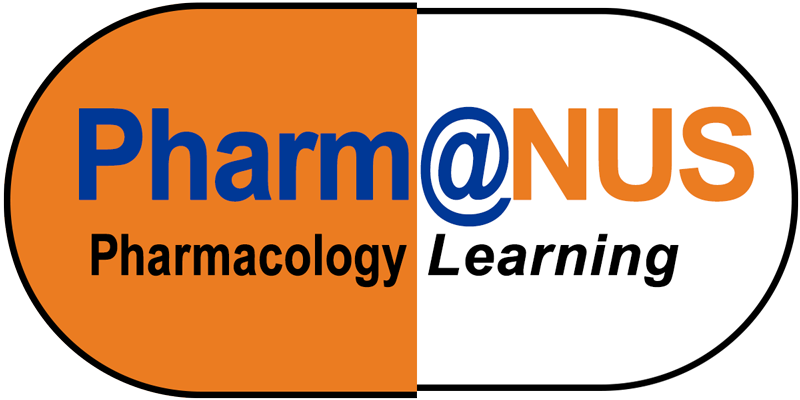When the expectorant, guaifenesin, and the mucolytic, acetylcysteine, are prescribed together patients are monitored for bronchospasm and anaphylactoid reactions. Which of these two drugs is responsible for these serious adverse effects?
Guaifenesin is an expectorant. It increases the production of respiratory tract fluids. This helps to liquefy and reduce the viscosity of mucus in the respiratory tract. Generally, guaifenesin is a relatively safe drug, but it has been associated with dizziness, headache, vomiting, nausea, rash and urticaria.
Acetylcysteine can be used as a mucolytic. It possesses a free sulfhydryl group that splits disulphide bonds between mucoproteins. This reduces the viscosity of pulmonary secretions. Acetylcysteine can also be used to treat paracetamol overdose as it restores liver glutathione levels. However, acetylcysteine can trigger bronchospasm and severe anaphylactoid reactions, including rash, hypotension, dyspnoea, and wheezing. If they occur, these responses are usually observed within 30 to 60 minutes of starting intravenous infusion for the treatment of paracetamol poisoning. Anaphylactoid reactions are less likely in use as a mucolytic. Nevertheless, caution must be exercised when using acetylcysteine. Due to the risk of bronchospasm, the acetylcysteine must also be used with caution in elderly or debilitated patients with severe respiratory insufficiency and in patients with asthma.

Leave a Reply